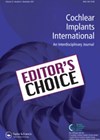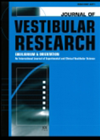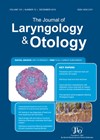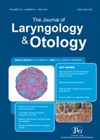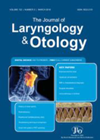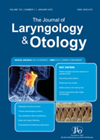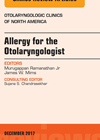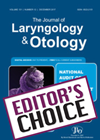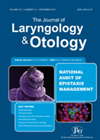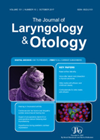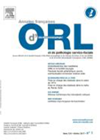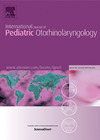
Journal Reviews
Moving towards implanting children below 12 months of age
Newborn hearing screening has ensured that deaf infants are identified soon after birth so that habilitation can begin as early as possible. Cochlear implantation is a key component of early intervention for some children, but it is often not performed...
The vestibular system is not immune to chronic otitis media
It is well recognised that chronic otitis media (COM) is a risk factor for sensorineural hearing loss. Studies on the effect of COM on vestibular function have been beset by design biases. The authors designed a case control study to...
Is canal wall down with obliteration a useful compromise between canal wall up procedure and open mastoid cavities?
Controversy has raged for many years between open mastoid cavity procedures and canal wall up techniques in terms of postoperative recidivism and ear discharge. It is generally believed that canal wall up procedures can miss hidden cholesteatoma but preserve useful...
Algorithm for malignant otitis externa
Timely detection and effective management of this potentially fatal condition cannot be overemphasised. This study presents 16 cases over 12 months in a tertiary referral centre. Most patients had diabetes and others were immunocompromised due to radiotherapy, immunosuppressive medication or...
Multisystem pathology in refractory otitis media with effusion
Recurrent middle ear effusion is a common problem and so is rhinosinusitis with polyposis. It is not often thought that the problem could be linked to multisystem pathology, such as eosinophilic granulomatous with polyposis. Therefore, repeated grommet insertions and surgical...
Diagnostic performance of non-echo-planar diffusion weighted MRI in detection of suspected cholesteatoma
Even though a ‘second look’ remains a gold standard for detection of residual cholesteatoma after intact canal wall techniques, non-echo-planar diffusion weighted MRI is considered a reasonable alternative to avoid further surgery. However, to establish or exclude a cholesteatoma de...
Allergy and the ear
Allergic disease is commonly associated with asthma, eczema and rhinosinusitis. The authors reviewed possible associations between allergy and otologic diseases. The authors first explored the possible association between allergy with otitis media with effusion (OME) and found the majority of...
Role of oral and intranasal steroids in the management of otitis media with effusion
Inflammation is considered an important factor in the pathogenesis and continuation of otitis media with effusion. Theoretically, this may support the use of steroids, oral or intranasal in the management of this condition. This study comprised three well matched groups...
Association of childhood OME with obesity
Many factors influence the development of otitis media with effusion (OME) in children, some of them being increased plasminogen factor inhibitor (PAI-1) levels, eustachian tube obstruction and gastro-oesophageal reflux. These factors are also associated with obesity. Sixty children with mean...
A comparison of same day with staged bilateral cartilage graft tympanoplasty for tubotympanic CSOM
This randomised, controlled study compares the tympanoplasty outcomes in two groups of patients: one undergoing bilateral tympanoplasty on the same day (18 patients, 36 ears) and the other having the same procedure done on different days, with a gap of...
eNOS and OME
The pathophysiology of otitis media with effusion (OME) is multifaceted. The authors tackled the nitrous oxide (NO) and platelet activating factor (PAF) pathways and the genetic polymorphism of endothelial nitrous oxide synthetase (eNOS). DNA analysis by PCR and restriction fragment...
Antiseptics to combat otorrhea in the era of antibiotic resistance
This nice scientific paper pits various antiseptic solutions against each other to determine which has the most bactericidal properties. Five different antiseptics were applied to MRSA and quinolone-resistant pseudomonas species, which are both difficult to treat with conventional ototoxic medications....

